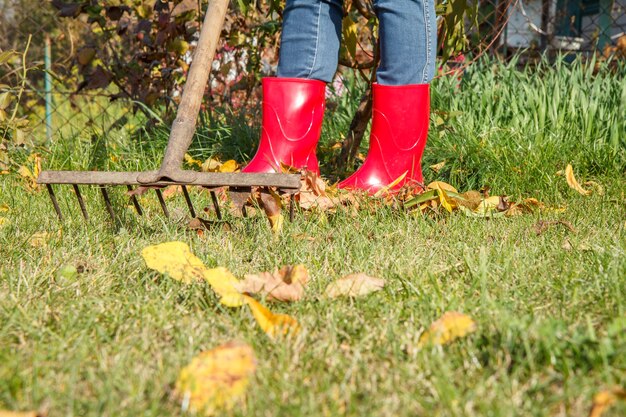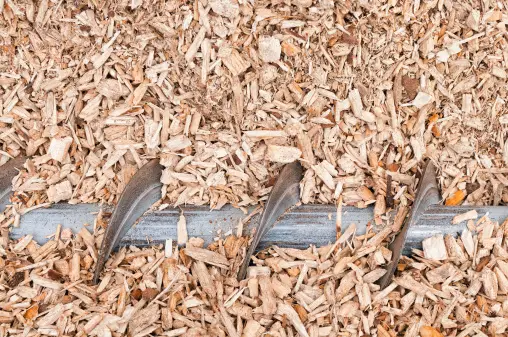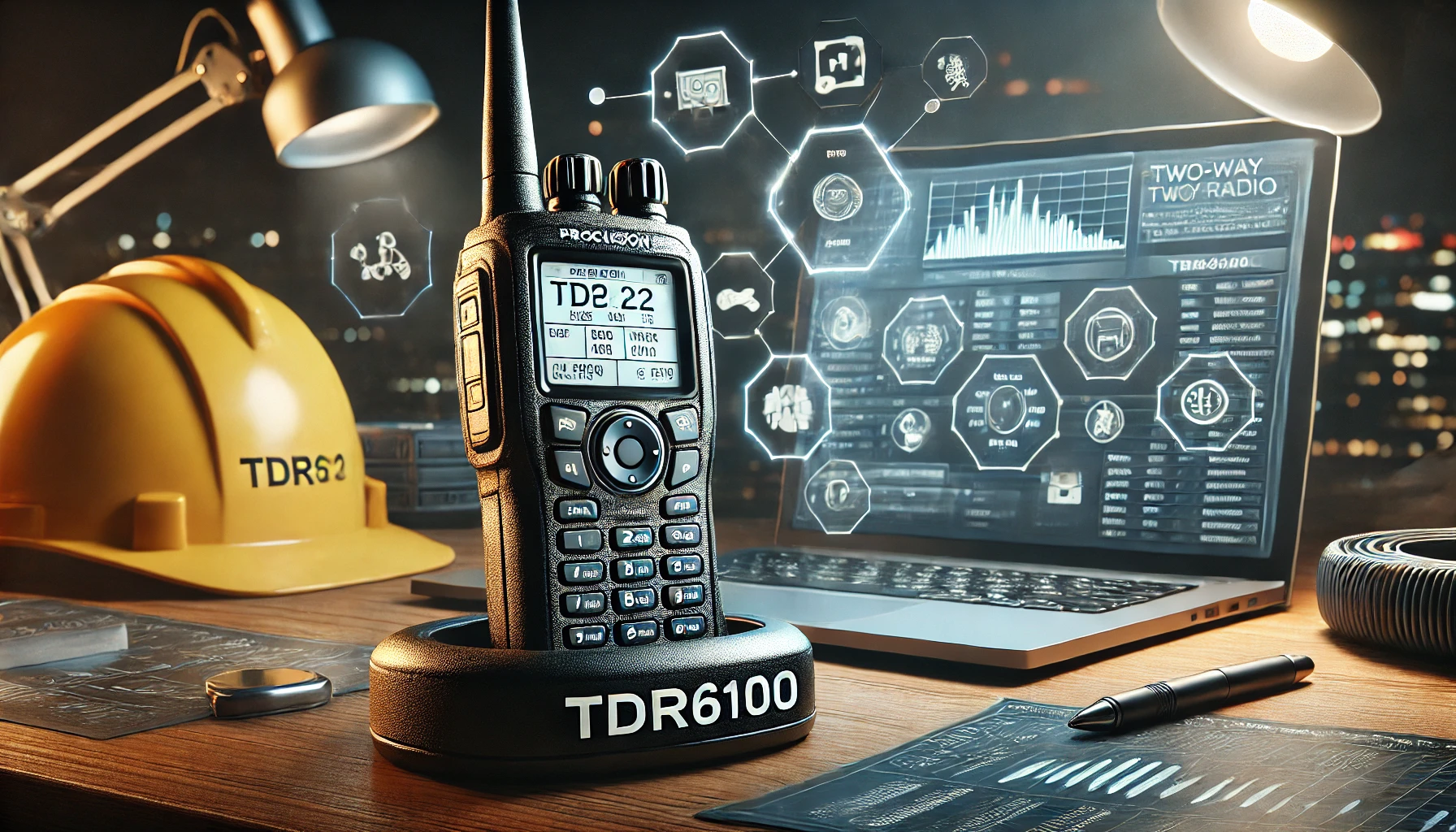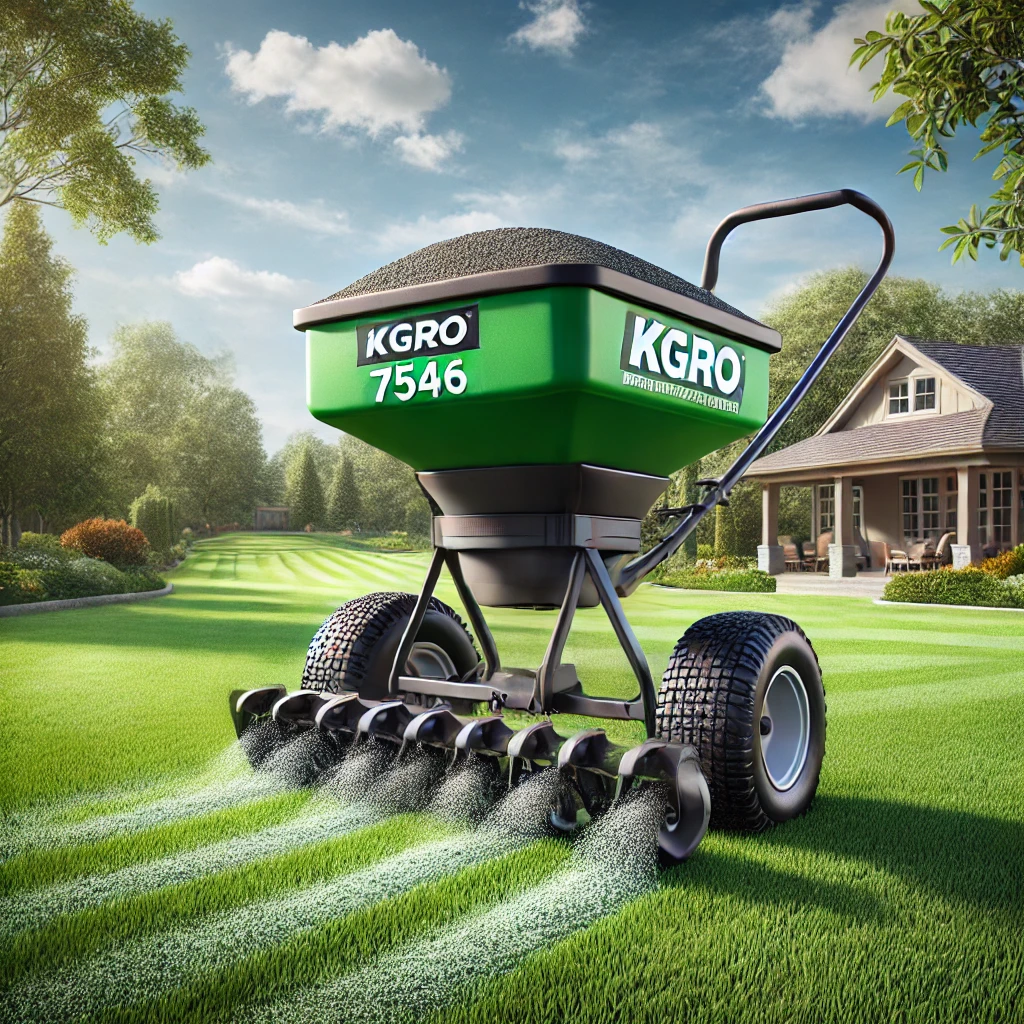Introduction:
Understanding the importance of mower blade orientation is vital for maintaining an efficient lawn care routine. Despite its simplicity, installing mower blades upside down is a common mistake that can adversely affect cutting performance and overall lawn health.
In this comprehensive guide, we’ll delve into the intricacies of mower blade design, common signs of an upside-down blade, inspection techniques, simple confirmation tests, corrective measures, preventative maintenance tips, and the importance of regular blade checks.
By the end of this article, you’ll be equipped with the knowledge and tools necessary to ensure your mower blade is always properly oriented for optimal cutting efficiency.
Which side of the mulching blade goes down?
Understanding Mower Blade Design:
Mower blades consist of several key components, including the cutting edge and lift wings. The cutting edge is the sharpened portion of the blade that comes into contact with the grass, while the lift wings are angled portions that help lift the grass for a clean cut.
Proper blade orientation is essential for efficient mowing, as it ensures that the cutting edge makes contact with the grass while the lift wings effectively lift the grass blades.

Signs of an Upside-Down Mower Blade:
Identifying an upside-down mower blade is crucial for maintaining a healthy lawn. Signs of an incorrectly installed blade include uneven grass-cutting patterns, excessive vibration during mowing, and reduced cutting efficiency and performance.
These symptoms indicate that the blade is not making proper contact with the grass or is struggling to lift and cut the grass effectively.
Inspection Techniques:
Performing a visual examination of the blade alignment is the first step in identifying an upside-down mower blade.
Look for any markings or indicators that denote the correct side for installation, such as “bottom” or “this side down.”
Additionally, check the cutting edge for proper orientation and assess the positioning of the lift wings to ensure they are angled upwards.
Simple Tests for Confirmation:
Conducting a test mow on a small patch of grass effectively confirms whether the blade is installed correctly. Observe the grass clippings for uniformity and quality, as a properly oriented blade will result in clean, evenly dispersed clippings.
Additionally, listen for any unusual sounds or vibrations during mowing, which may indicate an issue with blade orientation.
Correcting Blade Orientation:
If you discover that your mower blade is upside down, don’t worry! Correcting the orientation is a straightforward process. Simply follow the step-by-step instructions for blade removal, ensuring to take proper safety precautions. Once the blade is removed, orient it correctly and re-install it according to the manufacturer’s guidelines.
Preventative Maintenance Tips:
To avoid future issues with mower blade orientation, make it a habit to regularly inspect your blades before each use. Additionally, keep your blades clean and sharp for optimal performance. Consider keeping track of blade orientation for future reference, such as marking the correct side for installation with a permanent marker.
Are Lawn Mower Blades Reverse Thread? Solutions
Conclusion:
In conclusion, ensuring proper mower blade orientation is essential for maintaining a healthy and well-groomed lawn.
By understanding mower blade design, recognizing signs of an upside-down blade, performing thorough inspections, conducting simple confirmation tests, correcting blade orientation as needed, and implementing preventative maintenance measures, you’ll be able to achieve optimal cutting efficiency and prolong the life of your mower blades.
Remember to prioritize regular blade checks to ensure your lawn maintenance efforts yield the best results.
FAQs:
How can I tell if my mower blade is upside down?
Inspect the cutting edge; it should face downward, while the lift wings point upwards. Look for any markings indicating the correct side for installation.
Which way up do mower blades go?
Install them with the cutting edge facing down towards the ground and the lift wings facing up.
Are lawn mower blades reversed?
No, they have a specific orientation for proper installation to ensure efficient cutting and prevent damage.
How do I know if my lawn mower blade is bent?
Check visually for bends or deformities along the blade’s edge. Excessive vibration or uneven cutting patterns may also indicate a bent blade.
Does the position of the mower blades matter?
Yes, proper orientation is crucial for efficient cutting, reduced vibration, and preventing damage to the lawn and mower.
What are the signs of an incorrectly installed mower blade?
Look for uneven cutting, excessive vibration, and reduced performance, indicating improper contact with the grass or ineffective lifting.











Leave a Reply